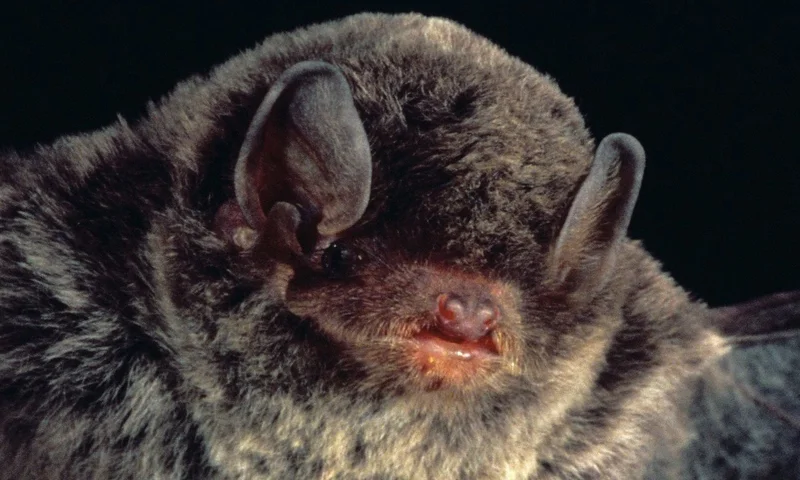Top ten facts about the Little Bent-wing bat
Ever wondered who your true ally against those blood-sucking mozzies is? Hint: It's not who you think! Discover the tiny, nocturnal heroes that are more than meets the eye.

Dr Les Hall
Have you heard one of the many myths about microbats – that they will attack you to feed on your blood or that they are useless pests?
This couldn’t be further from the truth!
Here are ten facts about these tiny, nocturnal heroes:
- Your best defense against mozzies - microbats are amazing little critters, and your best ally against the ones that really feast on your blood – mozzies!
- Call the Sunshine Coast home - Little bent-wing bats are one of the microbat species that can be found on the Sunshine Coast.
- Tiny size - they are small, dark brown microbats that weigh about as little as a teaspoon of sugar!
- Love the night - like other microbat species, Little bent-wing bats are nocturnal. This means that they sleep during the day and come out at night, which is when they fly around in search of small insects to feed on, like mosquitoes and moths.
- Listening for food - did you know that microbats use a technique called echolocation to locate their food and to navigate? They do that by emitting high-pitched pulses of sound and listening to the echo that gets reflected back to them to figure out how far an object or a prey item is. These sounds are generally emitted at frequencies beyond the range of the human ear, which is why we can’t hear them.
- Can see clearly - even though microbats rely heavily on echolocation, they are still able to see in the dark and are not “blind as a bat” at all!
- Love a cozy cave - Little bent-wing bats are typically found in areas with lots of trees, and they are known to roost in caves, but also tunnels, stormwater drains, old mines, and sometimes buildings.
- One baby a year - microbats are mammals, and female Little bent-wing bats, like most other microbat species, give birth to one baby per year.
- Love to live together - female Little bent-wing bats normally gather in large maternity colonies, and once they give birth, the mums will leave their baby in the nursery while they go out to feed at night, before returning in the morning.
- Threatened - some of the threats to Little bent-wing bats include human disturbance at their roosts and nurseries, and habitat destruction.
How you can help
Microbats need a safe spot to sleep in during the day. If you come across microbats roosting, do not disturb them.
If you find a sick or injured microbat, do not handle the animal yourself and call a local wildlife rescue service for advice instead.
Microbats play an important role as natural insect-controllers. Avoid using pesticides in your garden if you can, as it reduces insect numbers and therefore their food source, and pesticides may accumulate in microbats’ organisms and have negative effects in the long term.
This will not only help microbats but other insect-eating species as well, like many of our native birds!